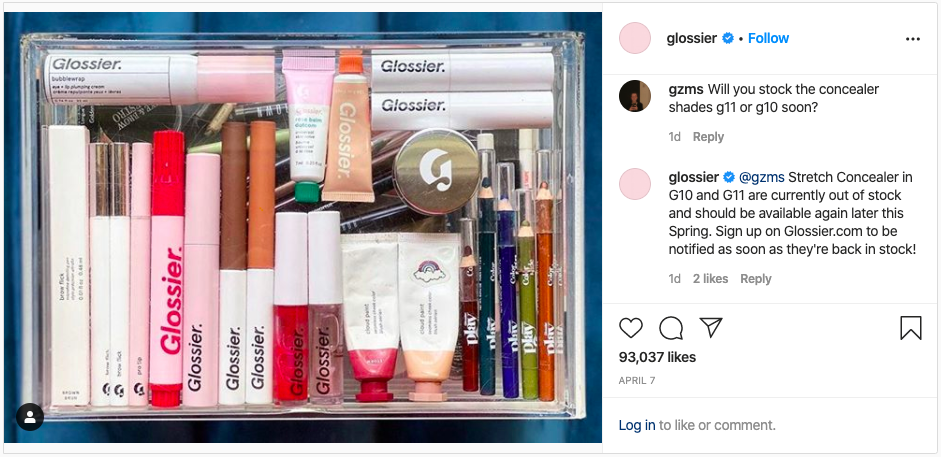Article's Content
What Is User-Generated Content (UGC)?
UGC is any form of content that is produced by users or customers, not the brand that shares it. This can include images, videos and text. Once a brand has obtained permission from the original content owner, the brand can distribute that content on their own channels.
This kind of content is more valuable and can better engage social media users.
Instagram is the primary source for UGC. When somebody makes a post or a story featuring your product or service, you can ask to publish that content in your own feed to boost credibility and authenticity.

UGC is a great way for your brand to collect photos that show your product or service being used in real life, get captions that say nice things about you, and build rapport with influencers.
UGC is also free content—GOOD free content. A lot of social media users want brands to reshare their photos, so the content is often high-quality and aesthetically pleasing. The authentic nature of UGC also creates trust with your audience. They see your product or service being used by a real consumer, which validates your offering and makes it more attractive to prospective buyers.
According to CrowdTap:
- B2B consumers trust UGC 50% more than traditional media
- 92% of B2B consumers trust peer recommendations above all other forms of advertising
- UGC is 20% more influential in purchasing decisions
- UGC is 35% more memorable than other types of media
To recap: Social media users get exposure, and your brand gets nice pictures, free of charge, to use for your own content distribution. Win-win.
What Are The Different Types Of UGC?
As mentioned above, the most popular type of UGC is imagery—especially photos and videos. But UGC can take many forms:
- Reviews
- Social media posts
- Blog posts
- Testimonials
- Photos and videos
- Forum posts

How Do Brands Acquire UGC?
Brands use a variety of tactics to track down UGC. The easiest and fastest way to acquire UGC is simply by searching your brand name on social media or by asking their audience to share content of their experiences with the product/service.
However, make sure you reach out to the original poster for permission to use the content on your own feed—even though you’re featured in the content, you do not own it.
If you create a hashtag on social media and encourage your followers to use it, you can acquire content by tracking posts with that hashtag. This tactic of searching hashtags is beneficial for campaigns, new products, and other promotional tactics.
You can also search for your brand on X (formerly known as Twitter), Facebook, LinkedIn, Reddit and Quora in the search engine to see what different audiences are talking about and use these conversations in your own content distribution such as a status update.
Why Do Brands Use UGC?
UGC offers a host of benefits. As mentioned above, it’s great for building credibility and authenticity, as well as showing your product in action.
For example, if you’re promoting an environmentally friendly product for Earth Day, you could share UGC from eco-conscious customers who are raving about the environmental benefits of your product.
Different types of UGC resonate differently with audiences, as you can see below:

When searching for and sharing UGC, consider what your goal is, and therefore what kind of UGC will work best.
Social media posts, interactive quizzes and videos are great for spreading awareness of your brand while entertaining your audience. This is the kind of content that people will stop scrolling to look at. On the other hand, customer reviews, case studies and testimonials may convince potential customers that your product or service is worth looking into.
Whatever industry you’re in, your brand can use UGC to diversify your content and engage your audience in new and more meaningful ways through distribution.






